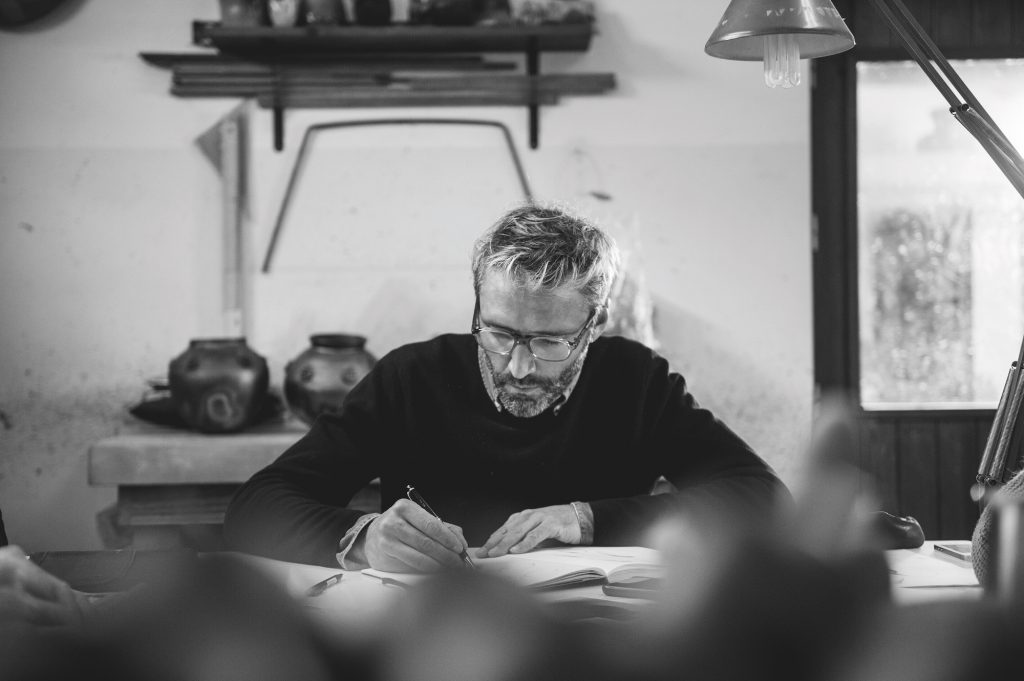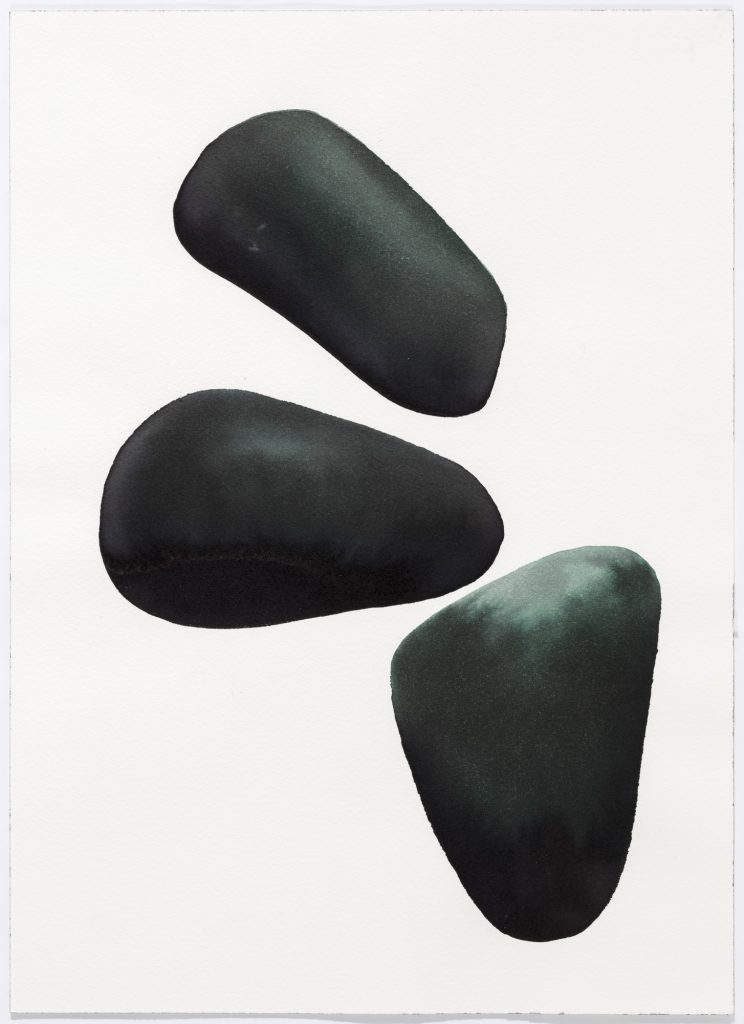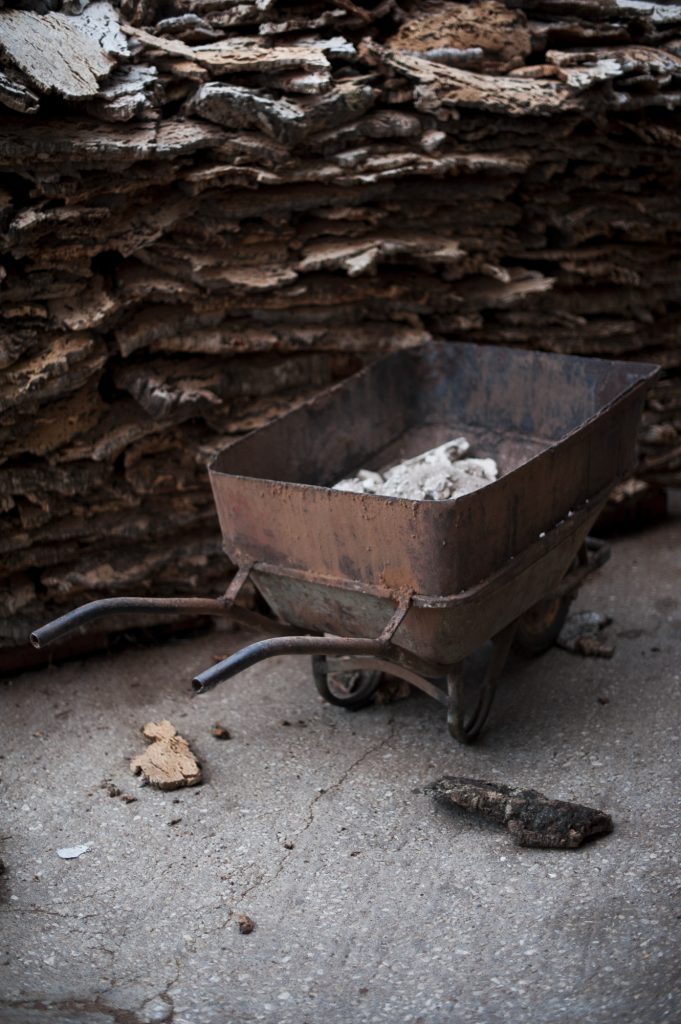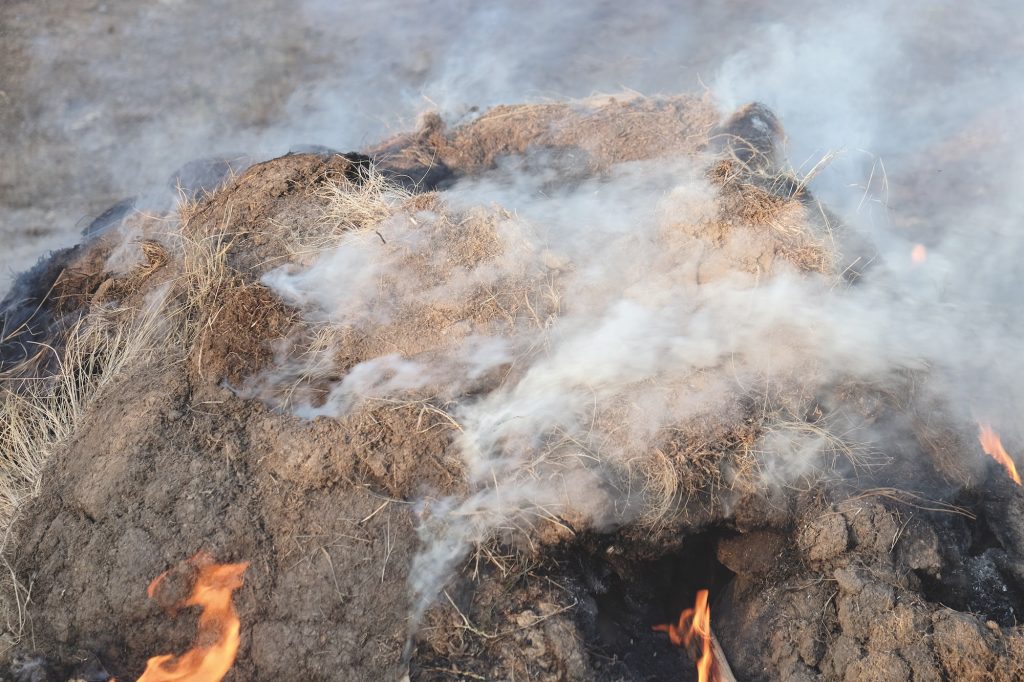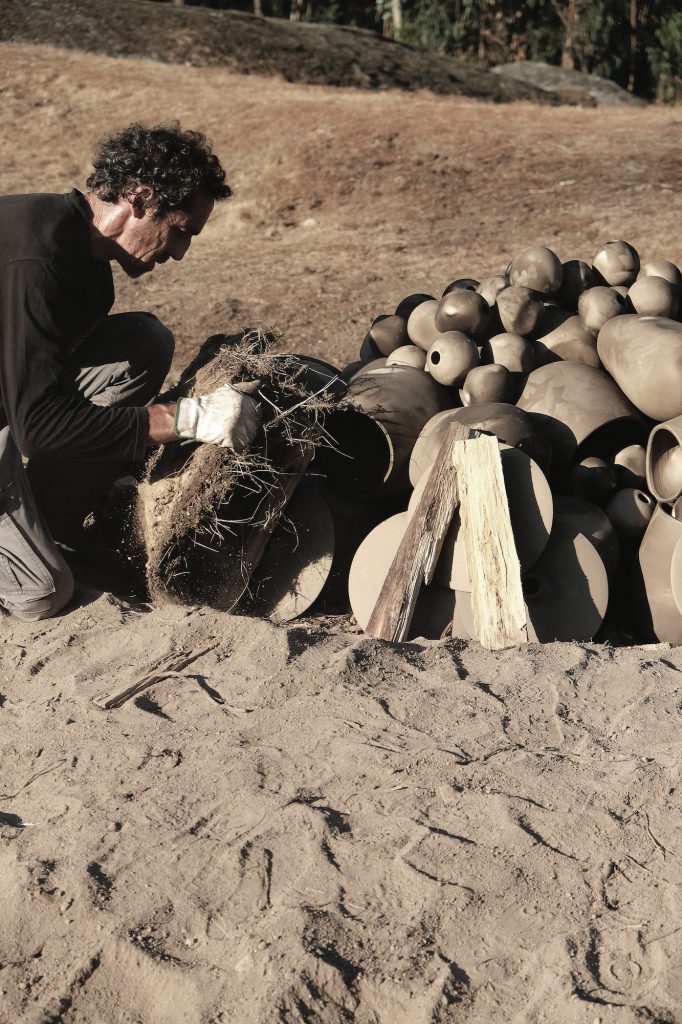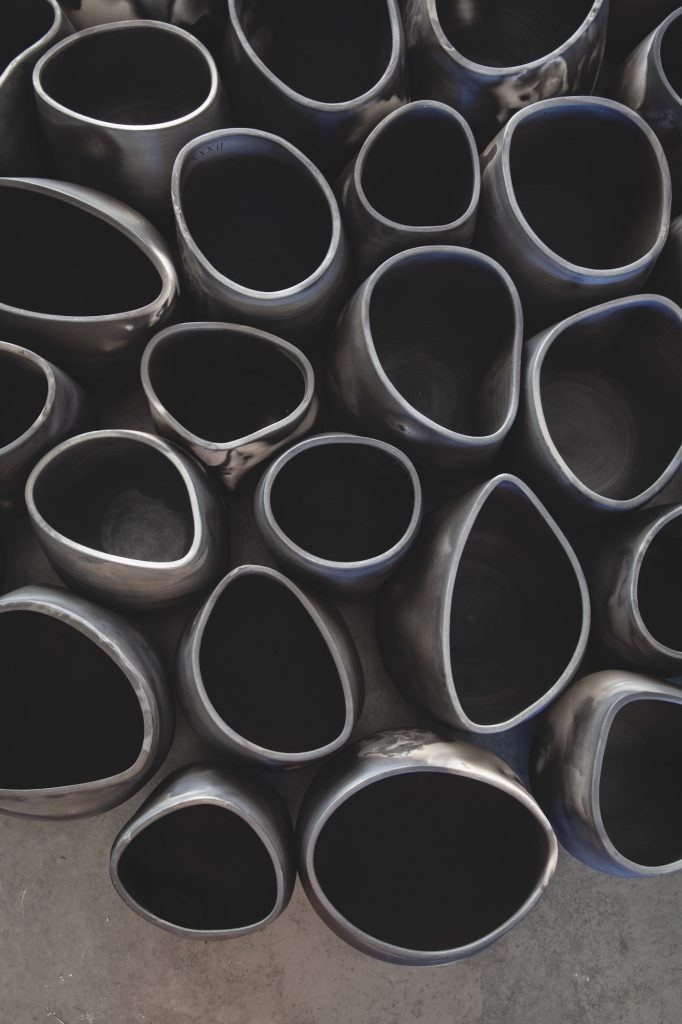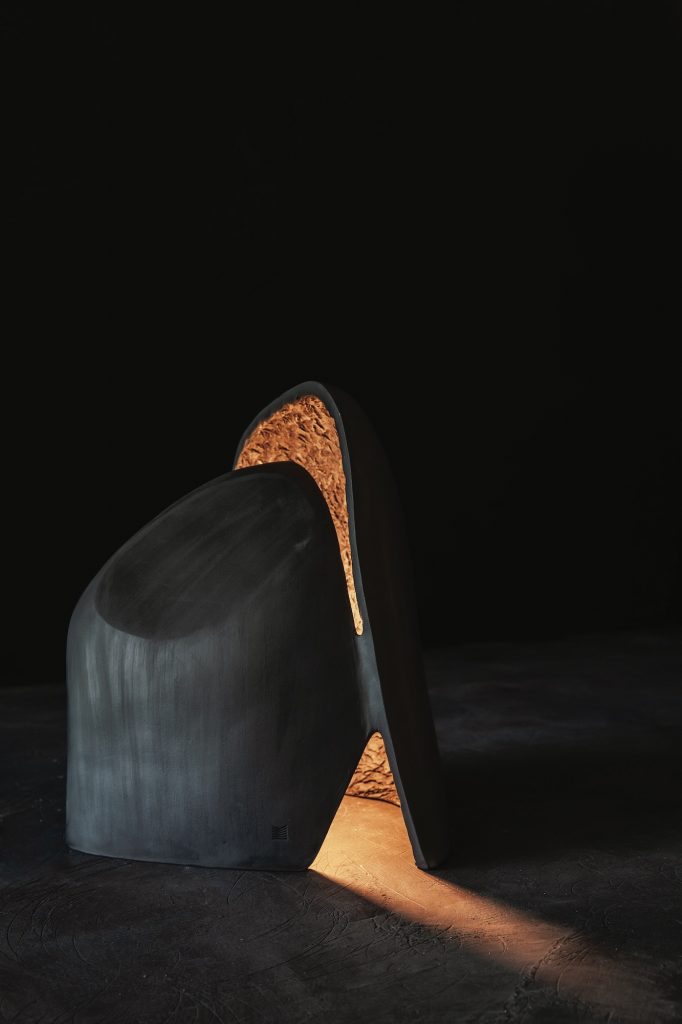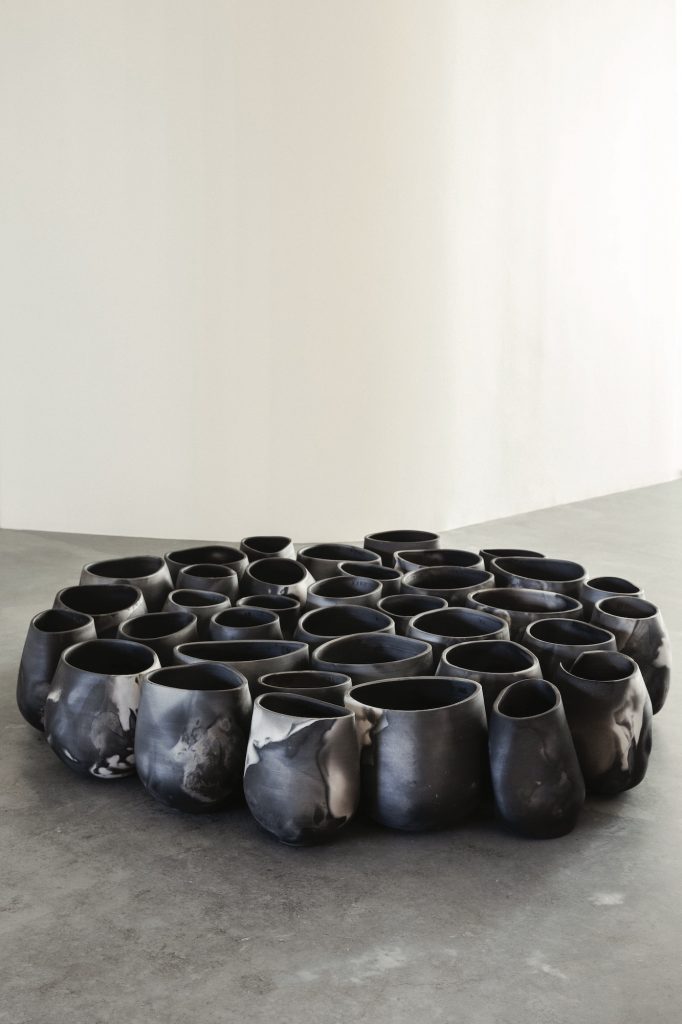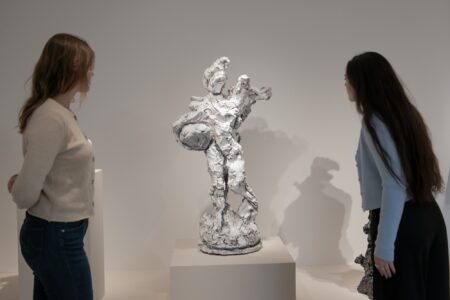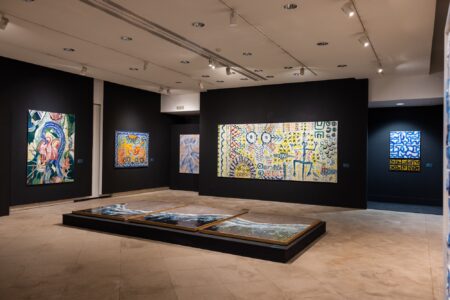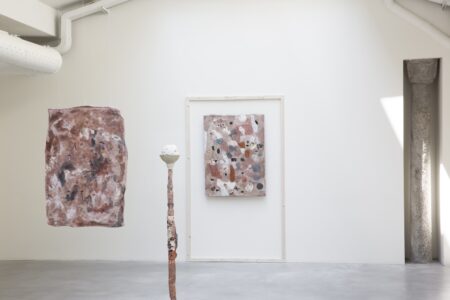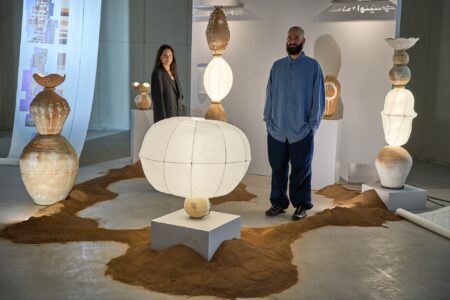Made In Situ
Noé Duchaufour-Lawrance writes on creating Made In Situ, a ceramic collection inspired by the geography, terroir and beauty of Portugal.
Moving to another country is choosing to live and observe in another way. Enchanted by its geography, its terroir, the beauty of cities such as Lisbon, I decided to live in Portugal, because the country spoke to me, without my knowing much about it. I created MADE IN SITU to discover the country through its crafts, and the materials found there. But I quickly realised that the most precious discovery of my research would be the personal connections.
What connects the craftsmen to each other, and me to them. What connects us to our environment, to the context, to the issues that arise from each action. Being in contact with the raw materials that we don’t create, that speak for themselves. That we transform with our hands, or perhaps with a tool, even a sophisticated one, when the hand can do no more, but it is the material that speaks, that tells us its story.
The marble extracted from the ground in which it has slept for millennia, the earth that blackens and cracks when reminded of the presence of fire, the cork that grows on a 100-year old oak, the bronze that has supported man’s evolution and continues to do so, or even the beeswax, whose value certain beekeepers can reveal.
So many materials that have forced humans to share, to transmit their knowledge. Discussions that require taking time, far from the frenetic race for the new and for profit, that I have experienced in the industrial world. These are the treasures this country offers me and during a meeting, I recall all those people I have known in my professional life until then, and who I haven’t taken the time to observe.
MADE IN SITU is in Portugal now, but can be everywhere, as long as there are women and men, craftspeople.
The first MADE IN SITU collection is called BARRO NEGRO.
Each item in the collection is marked by the rocks of the mystical Serra do Caramulo, by the collaboration with the craftspeople working with ceramics and Soenga, the ancient technique for cooking black pottery.
